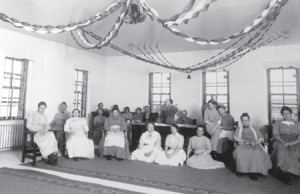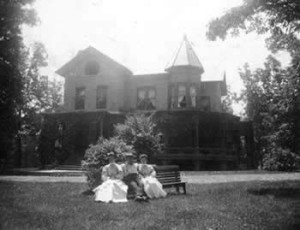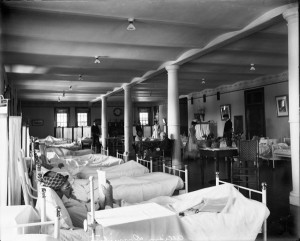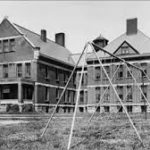Though patients undoubtedly had wretched experiences at most asylums, the life of an attendant was also difficult. Even in the first decades of the twentieth century, it was usual for attendants and other staff (including physicians) to reside at the asylum where they worked.
In some ways the arrangement was a benefit, since it eliminated commutes and gave employees housing and food; however, it added to employee stress because they could never get away from constant reminders of their job. The Canton Asylum for Insane Indians followed this pattern, and some employees even had to share a room.
Stressful as it was to be an attendant, though, their duties were clear. The Indian Office had provided governing rules and regulations for Canton Asylum’s employees, though its first superintendent had not passed them out. Dr. Harry Hummer did, and the instructions provided were comprehensive:
“[Attendants] will see that the patients are at all times kept as comfortable and clean as their condition will permit. They will keep them comfortably clothed, bathing them and changing their clothing as frequently as required for the purpose. They shall keep their apartments at all times clean and neat, and free from every contamination which is unpleasant and injurious to health. They shall look carefully after every portion of the housekeeping, including bed making, sweeping, dusting, brightening of floors, hardware, plumbing fixtures, etc.”

Patients and Staff at Christmas Party at State Hospital, Jamestown, courtesy Historical Society of North Dakota
The preceding is only one small segment taken from several pages of instruction, and it is easy to see that an attendant with 15 or more patients could be easily overwhelmed. Many inspectors found the patients’ quarters woefully neglected, dirty, and disordered; the condition likely came about because attendants had to choose between caring for rooms and caring for people.







